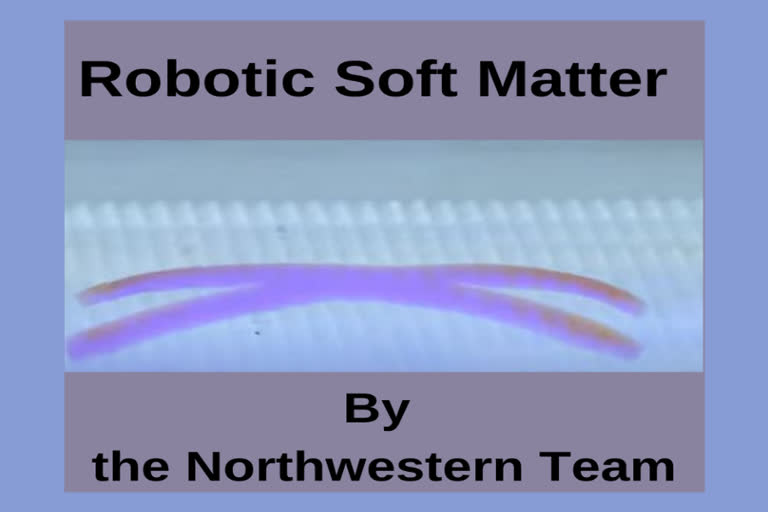Evanston, Illinois: A team of researchers Northwestern University led by Samuel I. Stupp have developed a family of soft materials, Called "robotic soft matter by the Northwestern team", that imitates living creatures. When hit with light, the film-thin materials come alive -- bending, rotating and even crawling on surfaces. As a result, it increases the possibility of carrying out many tasks with potential applications in energy, environmental remediation and advanced medicine.
"We live in an era in which increasingly smarter devices are constantly being developed to help us manage our everyday lives," said Northwestern's Samuel I. Stupp, who led the experimental studies. "The next frontier is in the development of new science that will bring inert materials to life for our benefit -- by designing them to acquire capabilities of living creatures."
The structure of these material comprises nanoscale peptide assemblies that drain water molecules out of the material. When light hits these materials, the movement happens because the water in them comes out and when the light is closed the water goes back in these material. As a result, it triggers directional motion.
Stupp holds many portfolios. He is is the Board of Trustees Professor of Materials Science and Engineering, Chemistry, Medicine and Biomedical Engineering at Northwestern and director of the Simpson Querrey Institute. He has appointments in the McCormick School of Engineering, Weinberg College of Arts and Sciences and Feinberg School of Medicine. George Schatz, the Charles E. and Emma H. Morrison Professor of Chemistry in Weinberg, led computer simulations of the materials' lifelike behaviors. Postdoctoral fellow Chuang Li and graduate student Aysenur Iscen, from the Stupp and Schatz laboratories, respectively, are co-first authors of the paper.
Also Read: How NASA's Mars helicopter will reach the red planet's surface



